EXTINCT: The Story of Life on Earth is a spectacular full colour book series written by award-winning broadcaster and evolutionary biologist Professor Ben Garrod and illustrated by world-leading palaeoartist Gabriel Ugueto.
Famous for making top level science fun, TV scientist Ben Garrod presents the biggest extinction events ever, told from the point of view of evolution's superstars, the most incredible animals ever to swim, stalk, slither or walk our planet.
Whether you're 9 or 90, his unique exploration of the most destructive, yet most creative, force in nature makes top level science fun.
Here are the superstars of the story of life, from the super-weird to the super-ferocious. Usually a species has 10 million years or so of evolving, eating, chasing, playing, maybe doing homework, or even going to the moon before it goes extinct.
Collect all eight books about animals we have lost in mass extinctions caused byasteroids or mega-volcanoes, clashing continents and climate change.
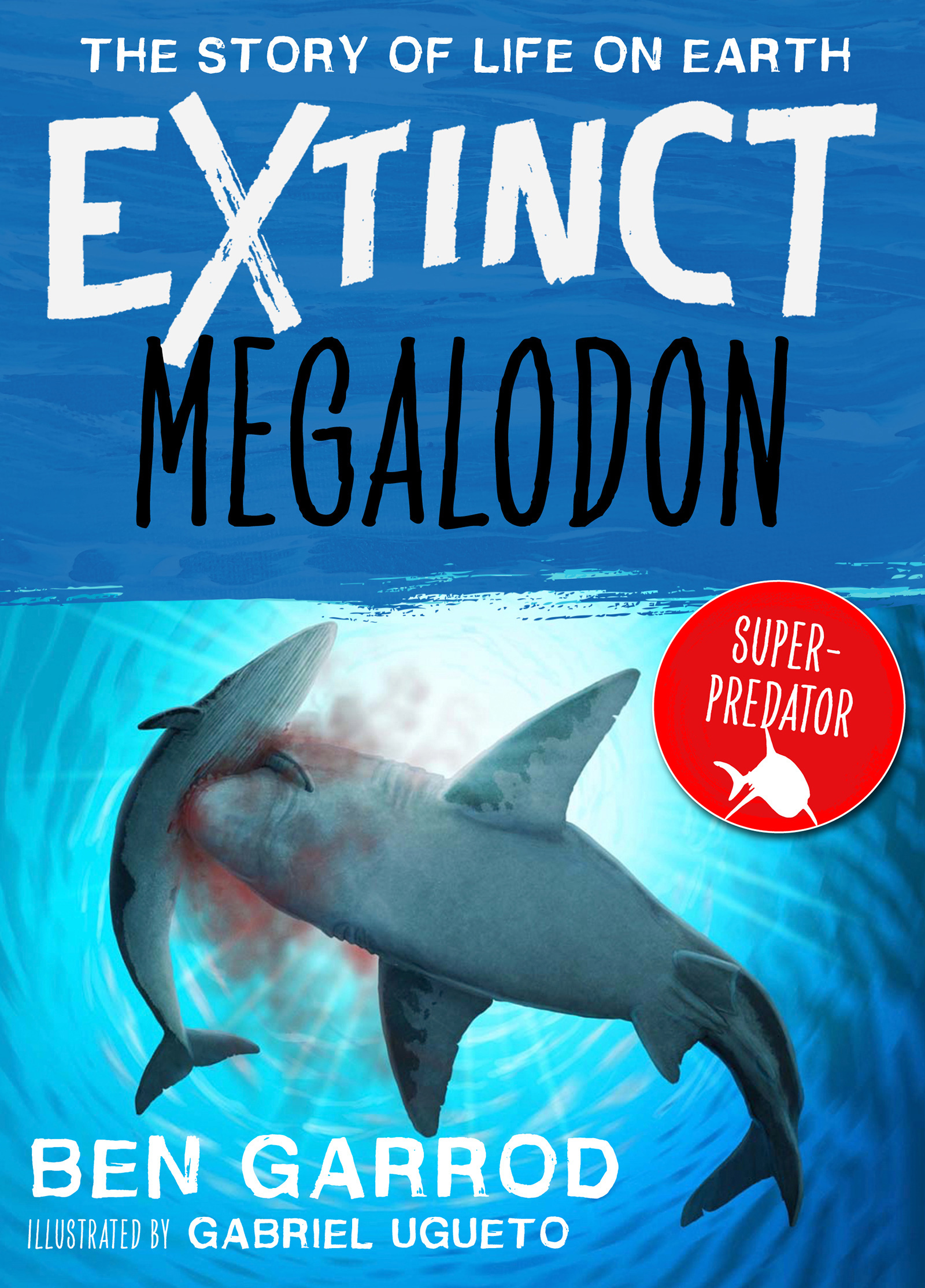 Megalodon, the largest predatory shark of all time and a very strong candidate for ‘ultimate prehistoric predator’. About three times longer than the modern great white, megalodon dominated every food chain in every ocean for millions of years. Massive and super-speedy, it had possibly the most powerful bite in nature ever.
Megalodon, the largest predatory shark of all time and a very strong candidate for ‘ultimate prehistoric predator’. About three times longer than the modern great white, megalodon dominated every food chain in every ocean for millions of years. Massive and super-speedy, it had possibly the most powerful bite in nature ever.
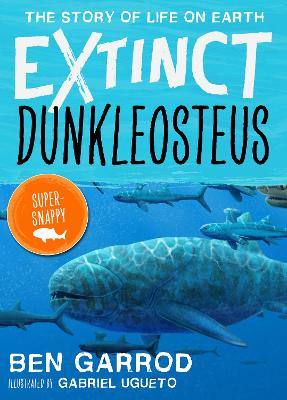 Dunkleosteus was super-snappy. With a bite 10 times stronger than a great white shark, it could snap its jaws 5 times faster than you can blink! Discover its habitat, what it ate and what it was like to live in the shadow of this one-tonne predator until it went extinct at the end of the Age of Fishes.
Dunkleosteus was super-snappy. With a bite 10 times stronger than a great white shark, it could snap its jaws 5 times faster than you can blink! Discover its habitat, what it ate and what it was like to live in the shadow of this one-tonne predator until it went extinct at the end of the Age of Fishes.
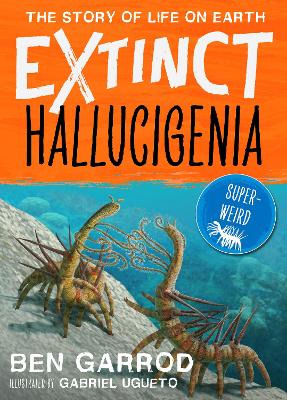 Hallucigenia was a super-weird, spiky, armoured worm that lived 450 million years ago. Scientists were, at first, unsure of which way round it went, and which way up. But here you will discover all Hallucigenia's secrets: where it lived, what it ate, why it was so weird and why it is so important in the story of life.
Hallucigenia was a super-weird, spiky, armoured worm that lived 450 million years ago. Scientists were, at first, unsure of which way round it went, and which way up. But here you will discover all Hallucigenia's secrets: where it lived, what it ate, why it was so weird and why it is so important in the story of life.
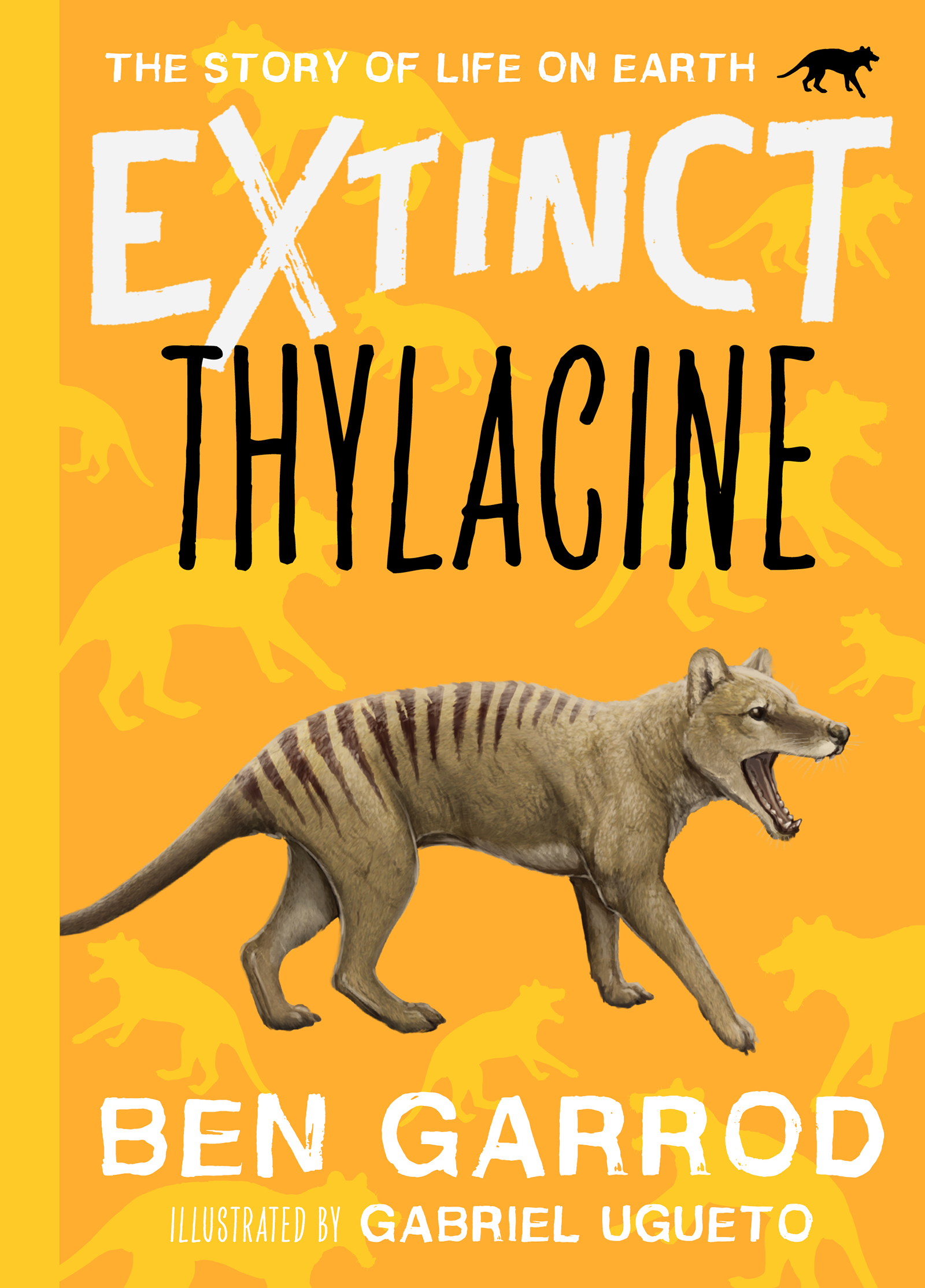 Thylacine, a misrepresented mammal driven to extinction by humans. The last wild thylacine was shot in 1930, and the last captive one died in 1936, shining a spotlight on the destructive human impact on habitats and entire environments.
Thylacine, a misrepresented mammal driven to extinction by humans. The last wild thylacine was shot in 1930, and the last captive one died in 1936, shining a spotlight on the destructive human impact on habitats and entire environments.
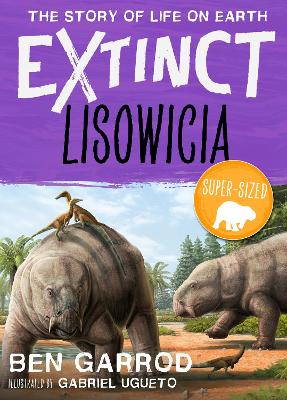 Lisowicia was super-sized. Weighing in at 9 tonnes, it was one of the largest animals roaming the planet during the Late Triassic. It was a kind of cross between a reptile and a mammal, but not quite either! What did Lisowicia eat, how and where did it live and what caused the complete disappearance of this animal which lay undiscovered for over 200 million years?
Lisowicia was super-sized. Weighing in at 9 tonnes, it was one of the largest animals roaming the planet during the Late Triassic. It was a kind of cross between a reptile and a mammal, but not quite either! What did Lisowicia eat, how and where did it live and what caused the complete disappearance of this animal which lay undiscovered for over 200 million years?
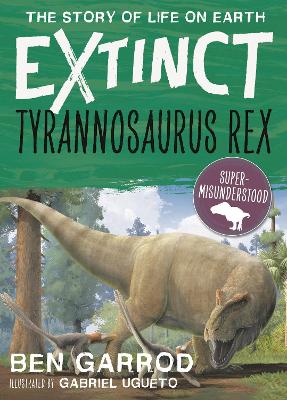 Tyrannosaurus Rex, the most famous and the most misunderstood superstar in the story of life! This mightiest of dinosaurs - massive, green and scaly - or, as we now know, massive and partially feathered, with a keen sense of hearing, smell and great vision dominated the Cretaceous landscape. Everyone knows about the giant asteroid which struck Earth 66 million years ago ending the Age of the Dinosaurs. Or did it?
Tyrannosaurus Rex, the most famous and the most misunderstood superstar in the story of life! This mightiest of dinosaurs - massive, green and scaly - or, as we now know, massive and partially feathered, with a keen sense of hearing, smell and great vision dominated the Cretaceous landscape. Everyone knows about the giant asteroid which struck Earth 66 million years ago ending the Age of the Dinosaurs. Or did it?
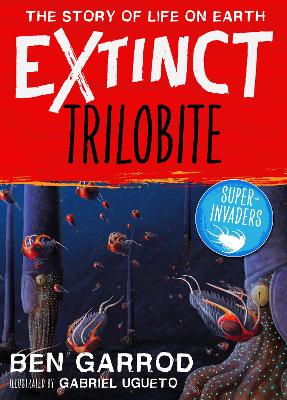 Trilobite was a super-invader with its stomach in its head. 20,000 species of them survived over millions of years and even through two mass extinctions. Discover the secrets of these successful super-invaders and the Great Dying event which finally eliminated them 250 million years ago.
Trilobite was a super-invader with its stomach in its head. 20,000 species of them survived over millions of years and even through two mass extinctions. Discover the secrets of these successful super-invaders and the Great Dying event which finally eliminated them 250 million years ago.
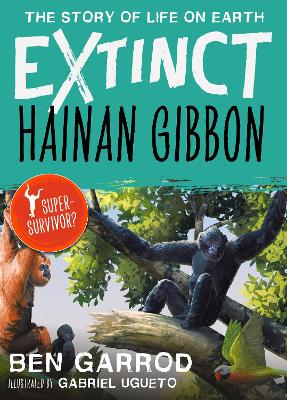 Hainan Gibbon, is one of our closest living relatives and among the most endangered animals on our planet. Can we change our role in the story of life, from being super-careless to being super-savers and do what we can to help our most interesting, incredible and important species from going extinct? This is the only book in series to focus on an animal not yet extinct.
Hainan Gibbon, is one of our closest living relatives and among the most endangered animals on our planet. Can we change our role in the story of life, from being super-careless to being super-savers and do what we can to help our most interesting, incredible and important species from going extinct? This is the only book in series to focus on an animal not yet extinct.
This fascinating series from the protégé of Dr Jane Goodall, and David Attenborough’s recent co-presenter on Attenborough And The Mammoth Graveyard, reveals everything we never knew about extinction.


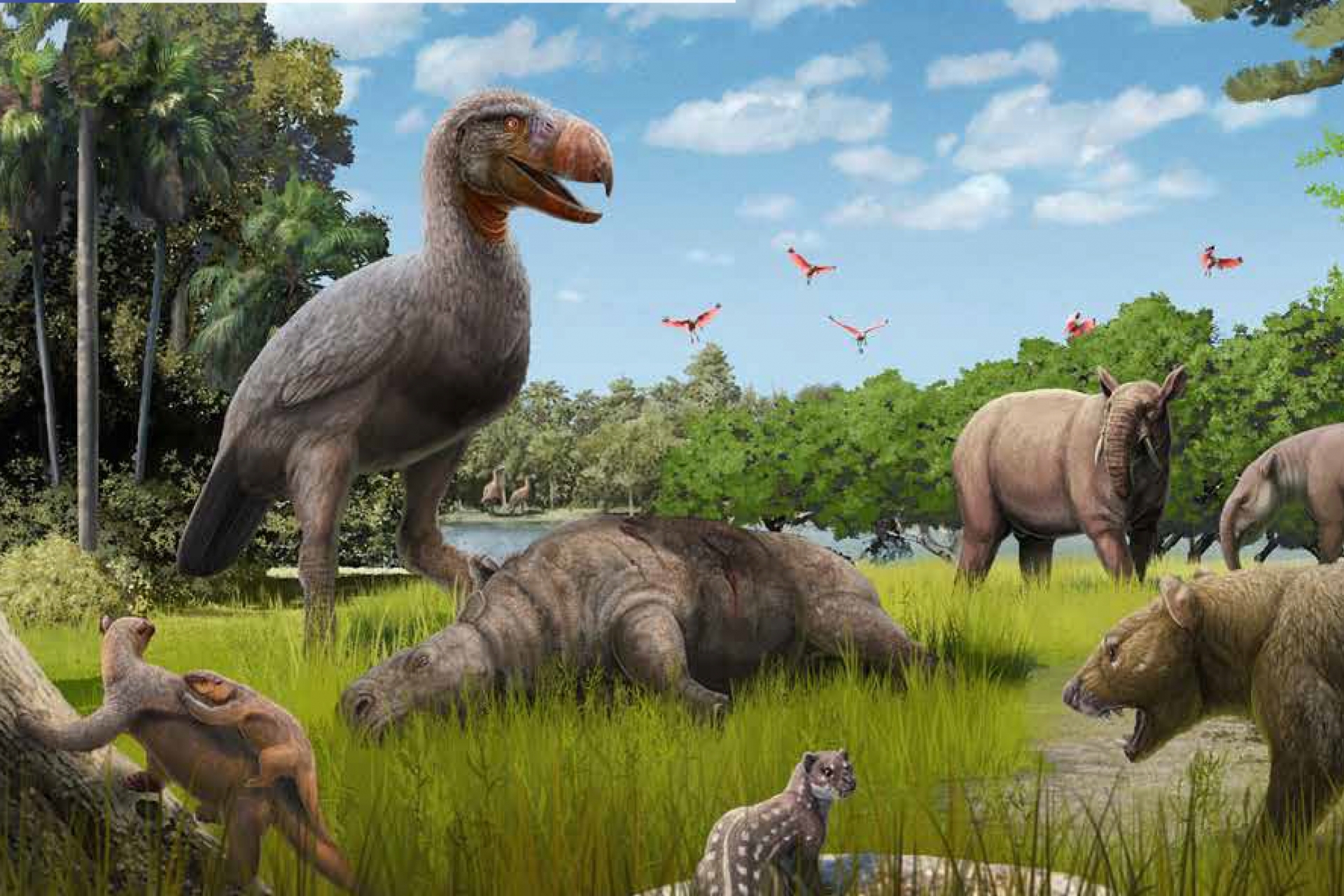
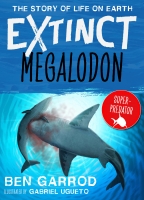

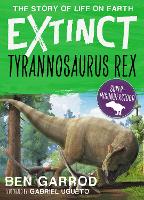
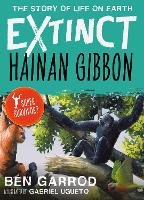
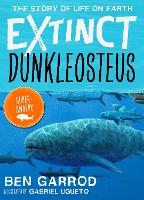
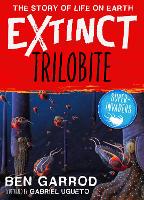

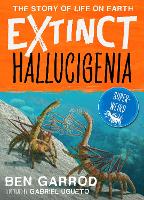

Comments (0)
Leave A Reply
You must be logged in to post a comment.